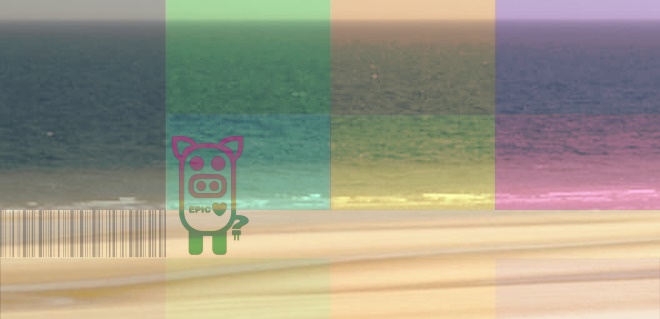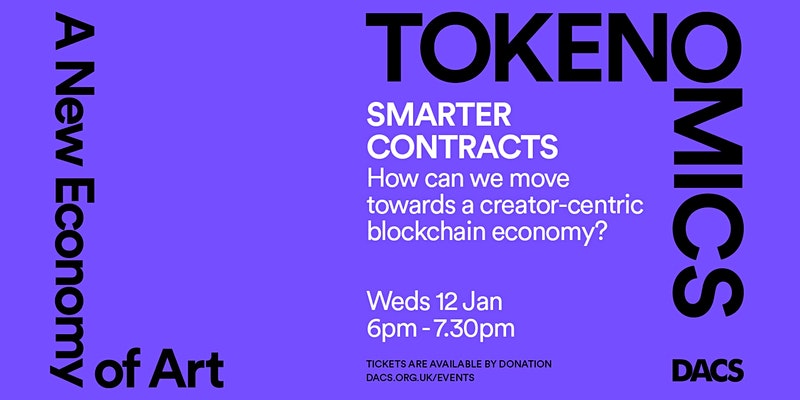Linear story telling in games - an experiment. Or why are adventure games puzzles?
2015-07-07 19:33:14
The puzzle is an ordered list of text elements.
Imagine a grid of let's say 16 puzzle tiles.
Each tile refers to a text a length of a tweet. Around 140 letters, not more.
Those text elements are the fragments of a small story, chapter.
The puzzle of the elements is displayed unordered.
The text element is the basic object of the puzzle.
Single text elements may appear or disappear.
1.Where to show the text? That is a layout question.
2.When to show the element? See 5.
3.What happens if it is missed?
Show a feedback text.
4.What happens if it is used in the wrong order?
Show a feedback text.
5.What happens after the text element had been used?
Disable or hide this text element. Show others or go to the end or the next level.
The puzzle can be organized by level objects.
After a level (a single puzzle) is finished, the order will checked and give the first feedback.
If a text element is missed, a feedback might be given, if the element was necessary.
The puzzle is based on linearity, fragments and iteration.
You can write a linear story and shall provide one.
The player iterates over the story pieces until she has a 'right' solution.
A story is a process of development.
Usaly the main character develops through the story.
(Or everybody around him, but not he himself.)
Imagine a grid of let's say 16 puzzle tiles.
Each tile refers to a text a length of a tweet. Around 140 letters, not more.
Those text elements are the fragments of a small story, chapter.
The puzzle of the elements is displayed unordered.
The text element is the basic object of the puzzle.
Single text elements may appear or disappear.
1.Where to show the text? That is a layout question.
2.When to show the element? See 5.
3.What happens if it is missed?
Show a feedback text.
4.What happens if it is used in the wrong order?
Show a feedback text.
5.What happens after the text element had been used?
Disable or hide this text element. Show others or go to the end or the next level.
The puzzle can be organized by level objects.
After a level (a single puzzle) is finished, the order will checked and give the first feedback.
If a text element is missed, a feedback might be given, if the element was necessary.
The puzzle is based on linearity, fragments and iteration.
You can write a linear story and shall provide one.
The player iterates over the story pieces until she has a 'right' solution.
A story is a process of development.
Usaly the main character develops through the story.
(Or everybody around him, but not he himself.)



